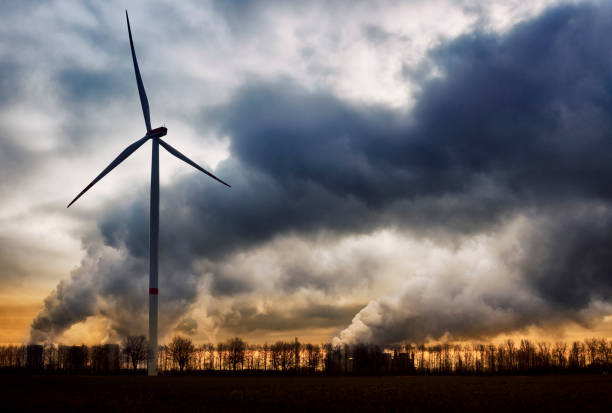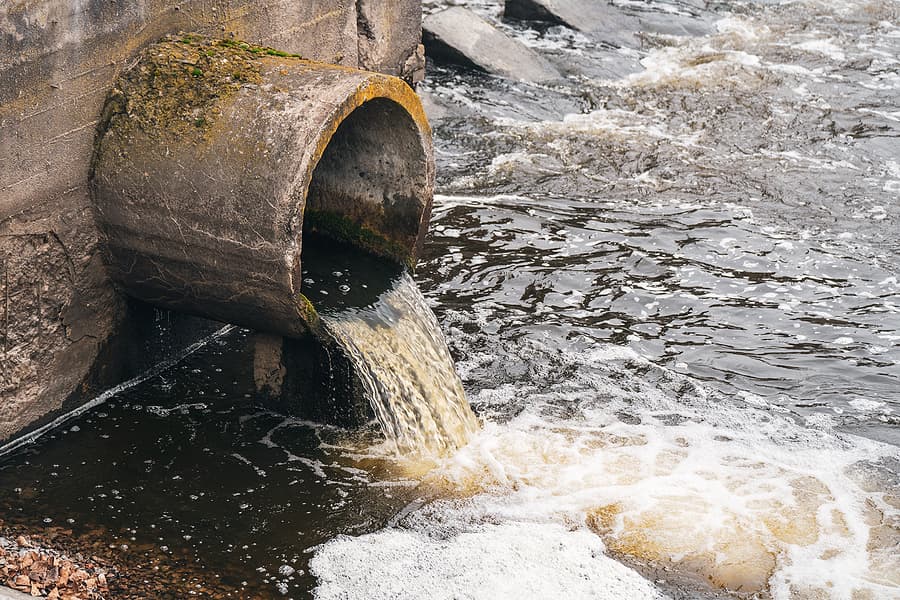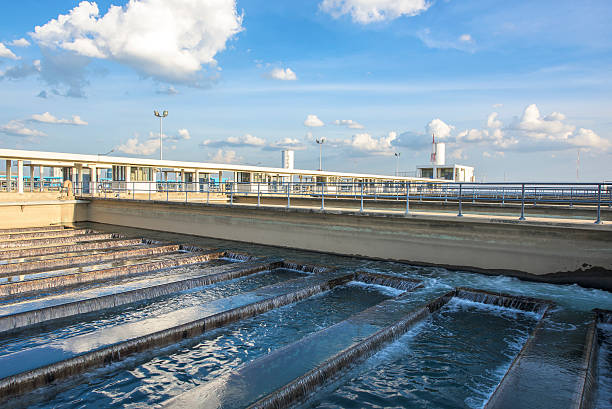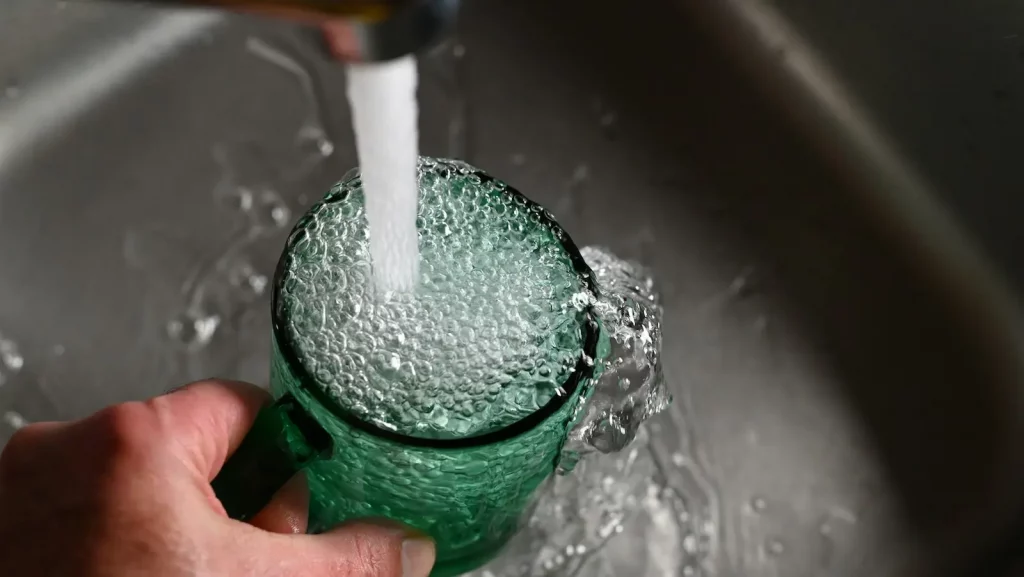Knowing who your water supplier is and being ready to change to another is a smart move for any business that uses a lot of water. What may be particularly useful in making such an assessment is establishing what they are doing to handle climate change.
We can all play our part in tackling the problem by taking steps to reduce our carbon footprints, but the reality is that the world will still get warmer than it is now and the challenges greater, even if the whole world manages to hit net zero carbon in the decades ahead.
That means a changing climate could bring many challenges from droughts to floods, higher sea levels and changing water tables. For UK users, a key question is what water suppliers are doing about it.
Despite the wet July weather, it is more likely that summers will be increasingly dry rather than getting wetter. For some, that means finding sustainable ways to increase supply, particularly in drier regions in the east and south of England.
Anglian Water, which covers the driest region, will seek to halve the number of leakages by 2050, while it intends that by 2025, just 14 per cent of customers will have to rely on just one source of water.
Southern Water has also come up with plans, seeking to slash leakage and also cut water consumption by getting most customers on meters, which tends to reduce usage by about ten per cent.
The north may be wetter than the south, which means other plans are needed. For instance, Yorkshire Water notes that while summer rainfall is likely to be reduced, there will be more rain in winter. This is important because many parts of Yorkshire are very prone to floods as water cascades down from moorland into narrow valleys.
Flood prevention measures may be a particular issue for your business if you are in a vulnerable location, so this is an issue to keep a close eye on. Whatever your supplier is planning to do, it is important to know how to switch if you are not satisfied with the steps they are taking.



